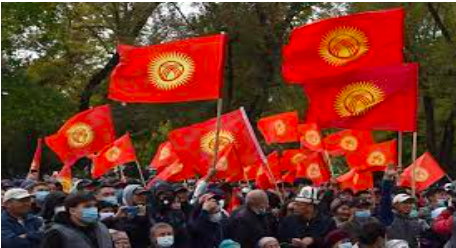Capitol Hill
Posted on : January 18, 2021Author : AGA Admin

The Capitol Hill neighbourhood, in Southeast D.C., is the oldest residential community in the original city of Washington. In 1805 several boarding houses and taverns were erected near the Capitol to cater to members of Congress. Low-rise row houses, interspersed with shops and businesses, quickly filled nearby lots and replaced old farms. Eastern Market, completed in 1873, is a farmers’ market located about seven blocks from the Capitol. Having begun operations in 1802, the market has always been the heart of the neighbourhood. The South Hall of the market was destroyed in a fire in April 2007, and restoration efforts began the following year. From 1880 to 1980, whole blocks of low-rise row houses, churches, and businesses were razed in the vicinity of the Capitol. They were replaced by three Library of Congress buildings (1897, 1939, and 1982), the Supreme Court (1935), and six congressional office buildings (1908–82). Several brick townhouses on East Capitol Street were razed in the early 1930s to build the Folger Shakespeare Library. Named for the benefactor Henry Clay Folger, the library is a marble Art Deco building that is decorated with relief panels depicting scenes from plays of William Shakespeare. The Washington Navy Yard, established in 1799 on the Anacostia River, was an important force in the development of the southeastern section of Capitol Hill. Its purpose was the defense of the capital and the construction of warships, and it served as the principal employer in Washington for 150 years, providing job opportunities mainly to skilled African Americans and European immigrants. Many of these early labourers, who walked to work at the yard, built their own small, two-story brick and wooden row houses nearby. In the 20th century, the Navy Yard became one of the world’s largest centres for ordnance production and engineering research.
The post-Civil War period brought an influx of middle-class government workers to Capitol Hill, and with them came developers who built row after row of two- and three-story attached brick homes. By the 1920s these residences, along with a great number of churches, had nearly filled the Capitol Hill neighbourhood. Within a few decades, the neighbourhood was densely settled within a five-block area northeast and southeast of the Capitol. The community remained stable until World War II, when many of the row houses were converted into rooming houses and rental properties. The area’s population swelled with workers during the war, but in the 1950s, flight to the suburbs by both the African American and European American middle class caused many of the Capitol Hill homes to be converted into boarding houses for displaced low-income residents, most of whom were African American. Public housing facilities were built in certain sections of the neighbourhood as well. By the end of the decade, the area was called “blighted and obsolete” by the media and members of Congress. Nonetheless, the Capitol Hill houses had charm, and they were gradually gentrified—slowly displacing many lower-income residents in the process. Throughout the last quarter of the 20th century, young families and single professionals invested in the properties closer to the Capitol and supported the construction of modern townhome projects (some designed for lower-income residents) that replaced much of the public housing. The present-day population of Capitol Hill is a mix of senators and representatives, government workers, professionals, labourers, artists, journalists, and students.




